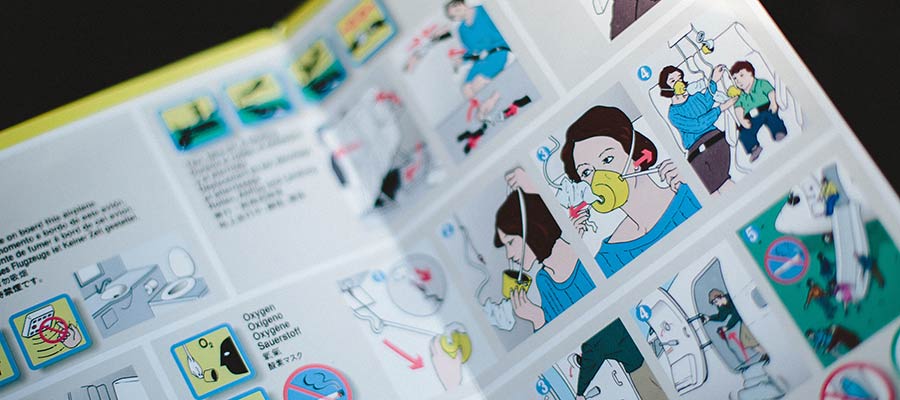Building a beautiful and functional website is hard. Showing your clients how it works can be just as challenging.
There are many ways to go about the client education process. Training sessions – in person or via videoconference – are a popular choice. They can be informative. Yet the knowledge you share may not be retained over the long term. And the task of searching through a recording for that one specific tip isn’t very efficient, either.
That’s where documentation comes in. When combined with more personal forms of training, it provides an excellent reference that clients can look back on. This not only reinforces a client’s knowledge; they can also use it as a teaching tool for future team members.
For web designers, the beauty is twofold. First, you’re helping someone learn valuable skills. Just as importantly, the more a client knows, the less likely they are to bug you with small tasks.
It takes talent, and writing documentation doesn’t come naturally for everyone. But you can improve with practice.
Today, we’ll share some tips for writing outstanding website documentation. The kind your clients will thank you for!
Focus On What’s Important
Websites have become very complex. Technology such as content management systems (CMS), databases, and even headless configurations are the norm. One could potentially write volumes about how a site has been put together and the options that come along with it.
However, writing extremely in-depth documentation is probably overkill. It may cover items that aren’t relevant to your client. Plus, software changes over time. Getting into the nitty-gritty of a CMS might lead to content that becomes outdated within a short period.
Instead, focus on the subjects that are most important to your client. Think about the common tasks they’ll be responsible for, and the types of questions they might ask. These are the items they’ll most likely need to reference when you’re not around.
If you’re looking to add further context, it’s also OK to add links to official documentation – provided it’s not overly technical. This saves you from having to reinvent the wheel while offering another trusted resource for clients. Even better is that official documentation is likely to evolve along with the software.

Keep Text Clear and Concise
The items you include in your website documentation should be written in a way that’s easy for clients to understand. Therefore, it’s important to keep their level of tech-savvy in mind when putting things together.
The safest bet is to keep things clear and concise. In practice, this means short, simple directions for getting things done.
Documentation that users can absorb with a quick glance is ideal. When possible, avoid wordy explanations. The more closely they have to examine what you’ve written, the more frustrating their experience will be.

Use Visual Cues
Another part of keeping things simple is the use of visual cues. This allows a reader to scan a page and easily pick out key concepts.
But not to worry – this doesn’t require a major effort when it comes to design. You might do well to eschew anything too fancy or complex. They tend to get in the way of a good reading experience.
The very basics of design are all you need here. Things like text headings, lists (ordered or unordered), colors, and icons will do the trick. You may not need anything beyond what’s included with your favorite word processor or WYSIWYG editor.
Headings are great for providing some separation between sections of content. And lists offer a perfect format for step-by-step instructions.
However you decide to utilize these cues, it’s important to do so consistently. For example, you might denote helpful hints with a lightbulb icon. Readers will know to look for this time and again with an instant understanding of its context.

Choose a Convenient Medium
Should documentation live online? What about a digital document, such as a PDF? Maybe it should be printed out on paper?
Online and other digital formats are great because they can be accessed from anywhere. And they are also the easiest to maintain when items need to be updated. Plus, clients can still print them out if they prefer a hard copy.
That being said, security should also be a concern for docs that contain sensitive information. If you create online documentation, it should be locked down via a login or limited to specific IP addresses. And don’t forget to block search engines from indexing the contents.
It’s also worth having a discussion with your client about how they plan to use the resource. If it’s a simple project, perhaps a small PDF file is enough. Find out what works best for them and create something that meets their needs.

Help Clients Learn and Grow
Documentation can be an excellent means to help your clients understand their website. It provides a resource for learning how things work, and how to complete common tasks.
If you’re unsure of your ability to write effectively – don’t worry. Give it your best effort, and don’t be afraid to ask for feedback. Over time, you’ll have the opportunity to hone your craft.
All told, it’s a great confidence builder for both parties. Clients will become more comfortable managing their websites. Meanwhile, you’ll have some serious teaching skills that you can take with you to future projects.
Related Topics
Top